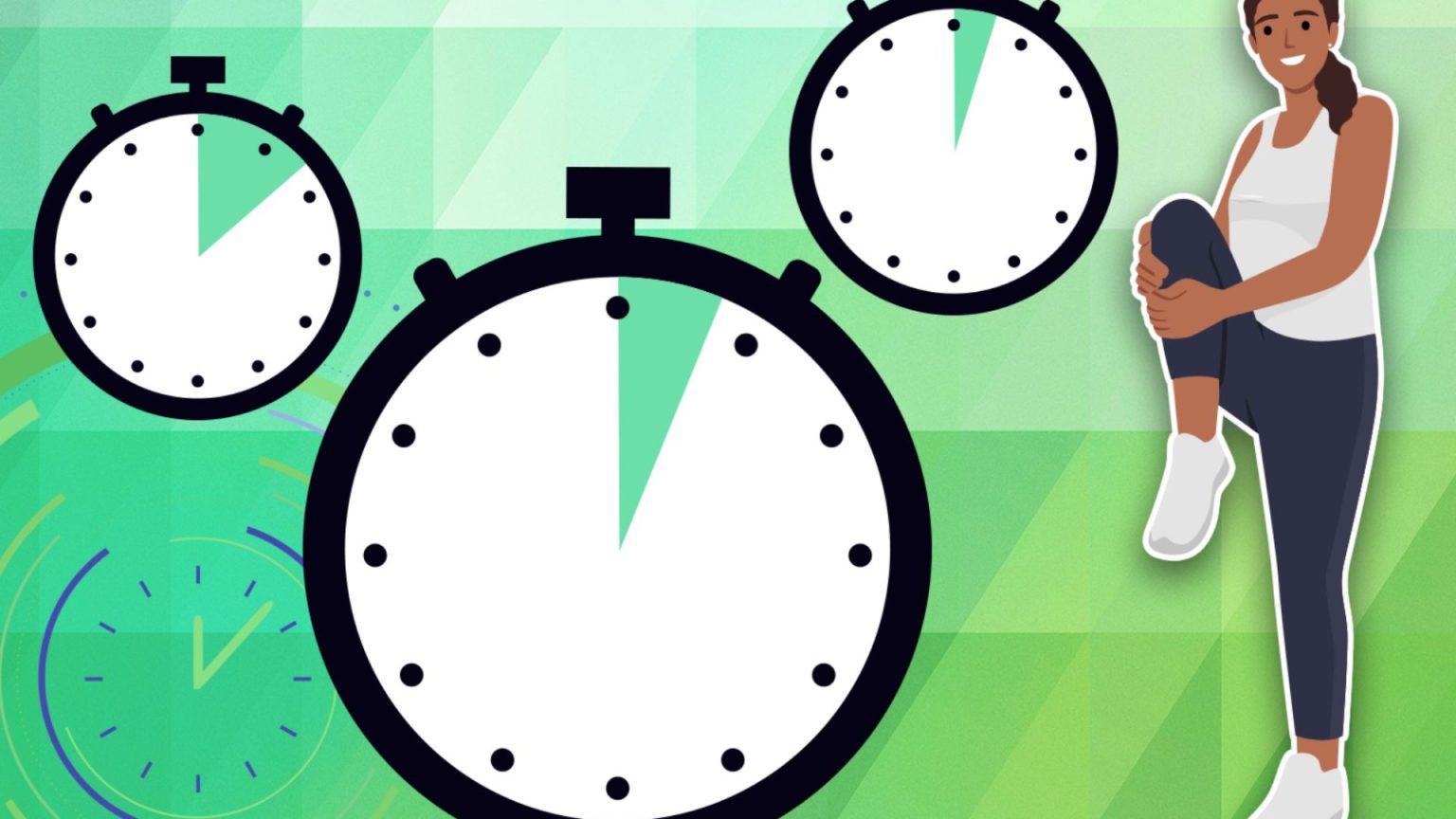According to research from the Mayo Clinic, being able to balance on one leg can be a good indicator of overall health. The study found that the amount of time a person can balance on one leg can showcase the strength of their bones, muscles, and nerves, which are all signs of frailty. Being frail can lead to increased risks of infections, difficulties recovering from surgery, and a higher likelihood of falls. The study showed that the average 50-year-old can balance for roughly nine seconds, while an 80-year-old can only manage around three seconds. Balance requires good brain function, muscle strength, blood flow, and coordination, making it an important factor in assessing overall health.
Traditionally, methods of testing longevity have been costly, such as blood tests and functional tests like VO2max. Scientists are now looking for simpler and cost-effective ways to measure a person’s health. The research from the Mayo Clinic involved having people aged 50 and older test their ability to balance on one leg. The study found that the ability to balance decreased significantly with age, showcasing a larger decline compared to gait and muscle strength. Dr. Kenton Kaufman, the study’s senior author, highlighted that balance is essential for overall health and quality of life, as it reflects how well the body’s systems are working together.
The study involved comparing the ability to balance on one leg with other muscular factors like hand grip and knee strength, as well as gait speed. The measurements of grip strength, knee strength, and gait all declined with age, but the ability to balance on one leg deteriorated at the fastest rate. Dr. Kaufman emphasized that balance is crucial for preventing injuries, and individuals unable to balance on one leg for more than five seconds may be at a higher risk of falling. A 2022 study revealed that the ability to balance is linked to a longer life, with those unable to stand on one leg for 10 seconds facing an 84% higher risk of death from any cause.
Improving balance through exercises can help maintain muscle and bone strength, prevent injuries, and slow down the natural decline that starts in middle age. The NHS recommends exercises like sideways walking and heel-to-toe walking to enhance balance. Additionally, staying active, strength training, focusing on posture, flexibility, supportive joint health, a balanced diet, hydration, quality sleep, managing stress, and incorporating stress-reduction techniques are essential for healthy aging. By training the balance system at a younger age, individuals can maintain their balance as they age, prioritizing overall health and well-being. Standing on one leg can be a simple and effective way to assess health and potential risks for falls or health conditions, making it a valuable tool for individuals of all ages.


